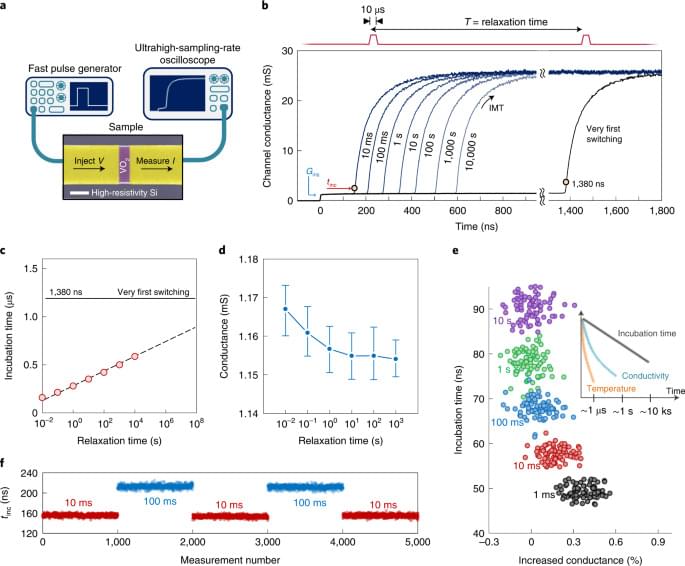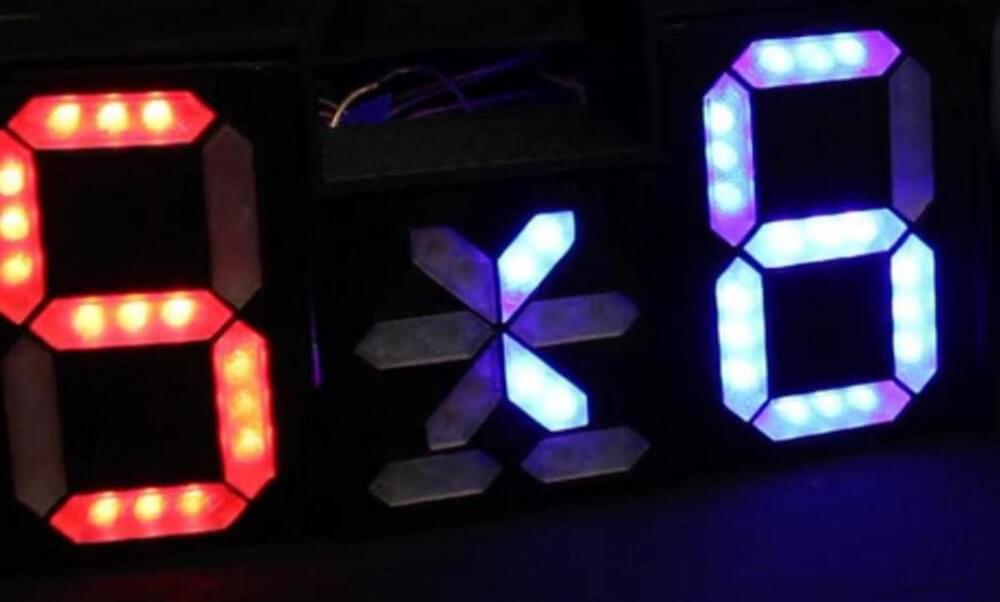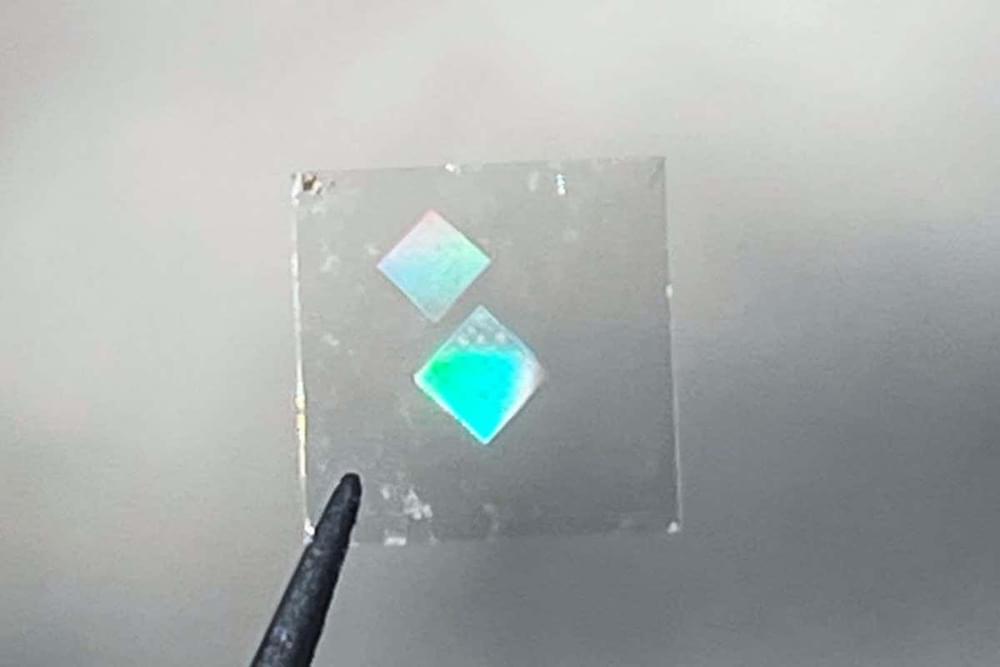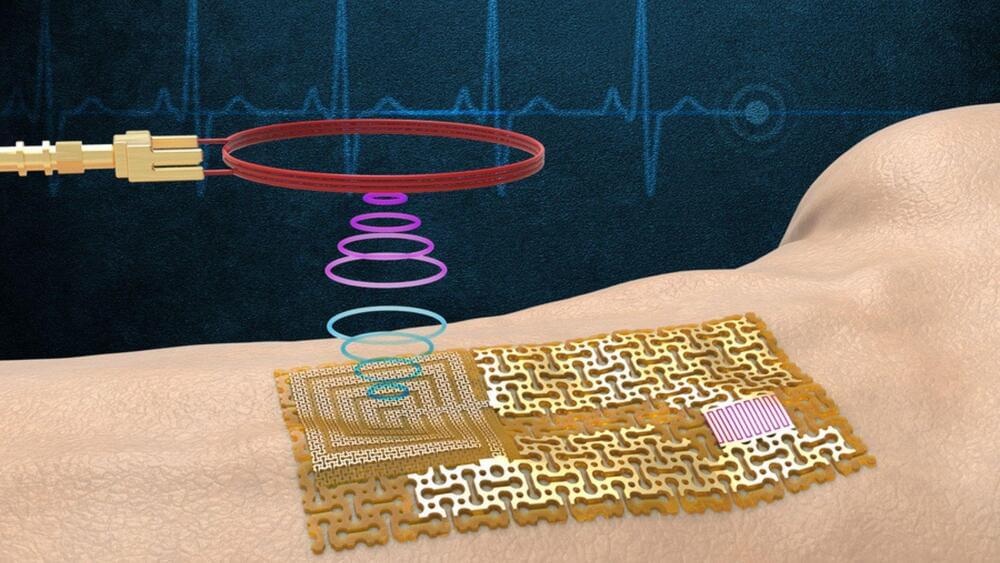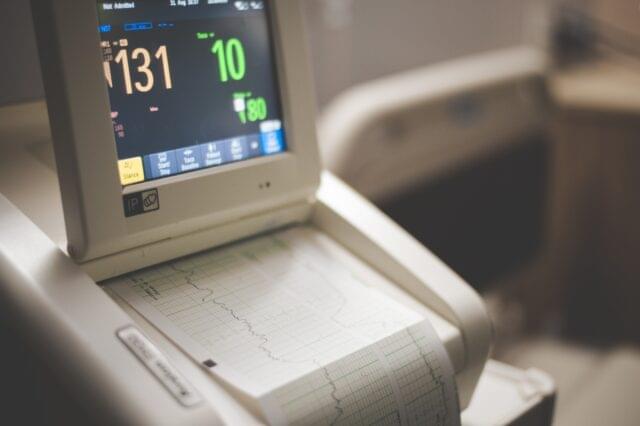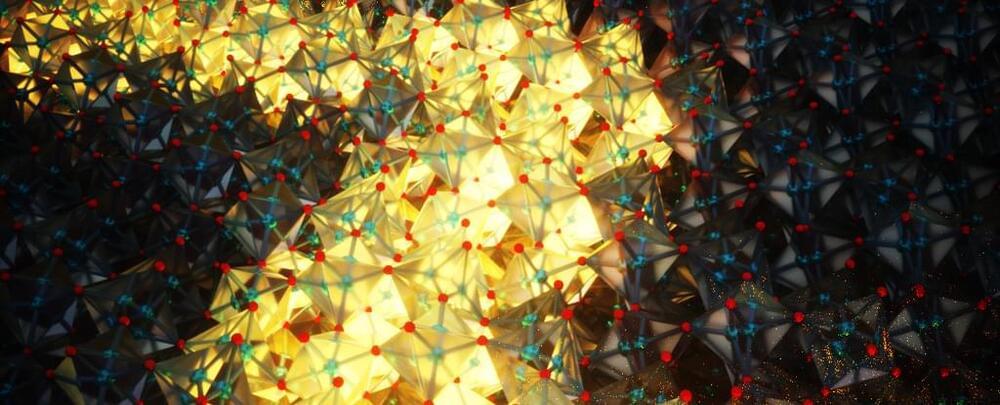
Chip makers will be able to put a trillion transistors in a package by the end of the decade in a move that will shake up the industry, says Pat Gelsinger, CEO of Intel.
This is one of the key drivers for Intel’s move into offering foundry services, he told leading chip designers in a keynote for the HotChips 34 conference in California last night. This will lead to more sharing of IP and drive new EDA tools, he says.
“We see our way clear to getting to a trillion transistors by the end of the decade,” he said. “With Ribbon FETs, using topside signal and backside power distribution and EUV and high NA we have a good path to the end of the decade,” he said, “With 2.5 and 3D packaging, these four together give us a path to a trillion transistor by the end of the decade.”
